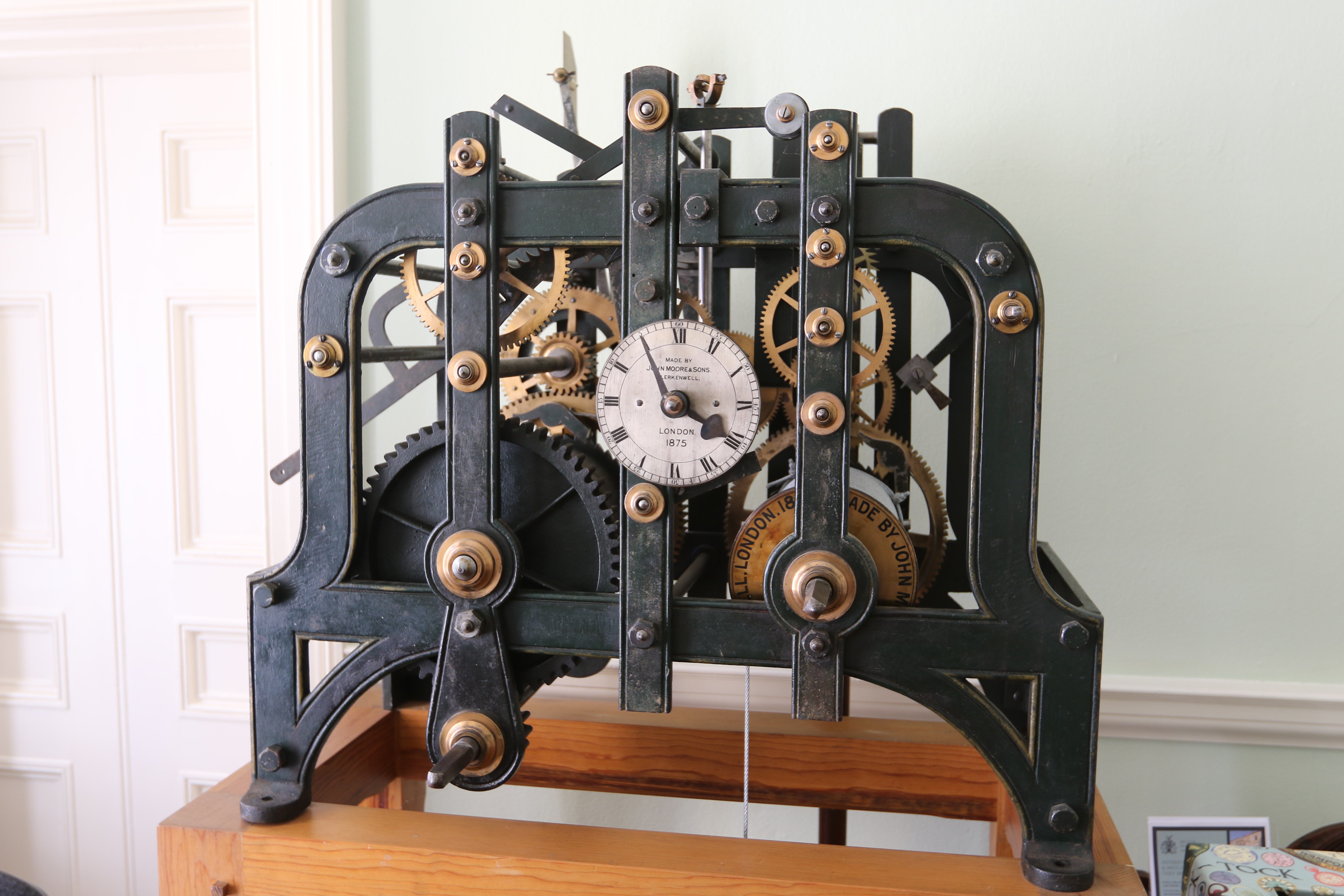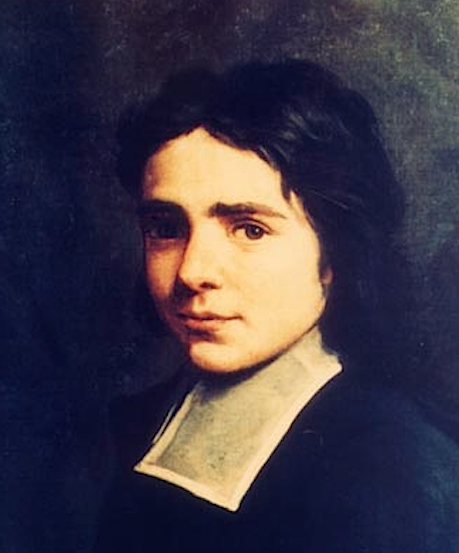|
Upton Hall, Nottinghamshire
Upton Hall is the headquarters of the British Horological Institute (BHI) in Upton, Newark and Sherwood, Nottinghamshire, England. It has been the headquarters since 1972. It also houses the Museum of Timekeeping consisting of a substantial collection of clocks, watches and also a library. The Museum is open to the public during seasonal summer opening hours, for special events and for pre-booked Group tours. History The Hall was built in 1828 by Thomas Wright (1773-1845), a banker of Nottinghamshire. It was designed by the architect William Donthorne. The hall was purchased in 1895 by John Warwick, a brewer of the firm 'Warwick & Richardson' based in Newark. He used it as a family home. He added a ballroom, a billiards room, and a further six bedrooms. In 1936 the property was bought by Sir Albert Ball, though he never took up residence there. In 1952 the hall was declared a listed building. It is now a Grade II* listed building, making it one of the most treasured 5% of all bu ... [...More Info...] [...Related Items...] OR: [Wikipedia] [Google] [Baidu] |
Greek Revival Style
The Greek Revival was an architectural style, architectural movement which began in the middle of the 18th century but which particularly flourished in the late 18th and early 19th centuries, predominantly in northern Europe and the United States and Canada, but also in Greece itself following independence in 1832. It revived many aspects of the forms and styles of ancient Greek architecture, in particular the Greek temple, with varying degrees of thoroughness and consistency. A product of Hellenism (neoclassicism), Hellenism, it may be looked upon as the last phase in the development of Neoclassical architecture, which had for long mainly drawn from Roman architecture. The term was first used by Charles Robert Cockerell in a lecture he gave as Professor of Architecture to the Royal Academy of Arts, London in 1842. With a newfound access to Greece and Turkey, or initially to the books produced by the few who had visited the sites, archaeologist-architects of the period studied ... [...More Info...] [...Related Items...] OR: [Wikipedia] [Google] [Baidu] |
Grade II* Listed Building
In the United Kingdom, a listed building or listed structure is one that has been placed on one of the four statutory lists maintained by Historic England in England, Historic Environment Scotland in Scotland, in Wales, and the Northern Ireland Environment Agency in Northern Ireland. The term has also been used in the Republic of Ireland, where buildings are protected under the Planning and Development Act 2000. The statutory term in Ireland is "protected structure". A listed building may not be demolished, extended, or altered without special permission from the local planning authority, which typically consults the relevant central government agency, particularly for significant alterations to the more notable listed buildings. In England and Wales, a national amenity society must be notified of any work to a listed building which involves any element of demolition. Exemption from secular listed building control is provided for some buildings in current use for worship, ... [...More Info...] [...Related Items...] OR: [Wikipedia] [Google] [Baidu] |
British Horological Institute
The British Horological Institute (BHI) is the representative body of the horological industry in the United Kingdom. It was founded by a group of clockmakers in 1858, and has its current premises at Upton Hall in Nottinghamshire, which includes a museum of clock history. History The BHI was founded in 1858 by a small group of clockmakers, one of whom was Edward Daniel Johnson. Their aim was to unify the British horological industry and trades in the face of large numbers of imports of clocks and watches from abroad. The institute was an immediate success and within a year it had founded its own museum and library; it also began to offer evening classes in clock- and watch-making. The journal of the institute is the ''Horological Journal'', which has been published monthly since September 1858. It is claimed to be the oldest continuously published technical journal in the world. Upton Hall The current premises of the BHI are at Upton Hall in Nottinghamshire, England. Its ... [...More Info...] [...Related Items...] OR: [Wikipedia] [Google] [Baidu] |
Upton, Newark And Sherwood
Upton is a small village in Nottinghamshire, England, east of Southwell, west of Newark and south of Hockerton; it lies on the A612 Nottingham- Newark road. In 1889, the village was described as sitting on a bend in the main road, "on the summit of a hill which commands a fine view of the Trent Valley... . The church, which is a prominent feature in the landscape, has a substantial Perpendicular tower crowned by eight pinnacles, and having in the centre a lofty master pinnacle which rises above its neighbours, and so adds materially to the effect." The village had a population of 425 at the 2011 census. The parish church of St Peter and St Paul is 13th century, built in the Perpendicular style. The tower of the church was also used as a dovecote. There is also a village hall and a public house (The Cross Keys). It is also the home of the British Horological Institute based at Upton Hall. What once was the village shop is now a private house. Upton Mill was a wooden postm ... [...More Info...] [...Related Items...] OR: [Wikipedia] [Google] [Baidu] |
Nottinghamshire
Nottinghamshire (; abbreviated Notts.) is a landlocked county in the East Midlands region of England, bordering South Yorkshire to the north-west, Lincolnshire to the east, Leicestershire to the south, and Derbyshire to the west. The traditional county town is Nottingham, though the county council is based at County Hall in West Bridgford in the borough of Rushcliffe, at a site facing Nottingham over the River Trent. The districts of Nottinghamshire are Ashfield, Bassetlaw, Broxtowe, Gedling, Mansfield, Newark and Sherwood, and Rushcliffe. The City of Nottingham was administratively part of Nottinghamshire between 1974 and 1998, but is now a unitary authority, remaining part of Nottinghamshire for ceremonial purposes. The county saw a minor change in its coverage as Finningley was moved from the county into South Yorkshire and is part of the City of Doncaster. This is also where the now-closed Doncaster Sheffield Airport is located (formerly Robin Hood Airport) ... [...More Info...] [...Related Items...] OR: [Wikipedia] [Google] [Baidu] |
William Donthorne
William John Donthorn (1799 – 18 May 1859) was a notable early 19th-century English architect, and one of the founders of what became the Royal Institute of British Architects (RIBA). He was born in Swaffham, Norfolk and a pupil of Sir Jeffry Wyattville. He worked both in the Gothic and Classical styles, but is perhaps best known for his severe Greek Revival country houses, most of which have been demolished. In 1834 he was one of several prominent architects to form the Institute of British Architects in London (later RIBA). A large number of his drawings are in the RIBA drawings collection, now housed at the Victoria and Albert Museum. Works * Cromer Hall, Cromer, Norfolk, 1829 * Heronden Hall, Tenterden, Kent, 1846 * Elmham Hall, Norfolk (Demolished) * Hillington Hall, Norfolk (Demolished) * Watlington Hall, Norfolk (Demolished) * Pickenham Hall, South Pickenham, Norfolk (Demolished). Between 1902 and 1905 architect Robert Weir Schultz extensively rebuilt and en ... [...More Info...] [...Related Items...] OR: [Wikipedia] [Google] [Baidu] |
Sir Albert Ball
Sir Albert Ball (20 July 1863 – 27 March 1946) was Mayor of Nottingham and Lord Mayor of Nottingham, and the father of the famous Great War air ace Captain Albert Ball (1896–1917), a recipient of the Victoria Cross. Ball started life as a plumber, and in 1896 was living at 301 Lenton Boulevard (now Castle Boulevard), Nottingham. By the end of the nineteenth century he had risen to become an estate agent, with an office in Nottingham and had moved to Sedgley House, 43 Lenton Avenue, The Park, Nottingham. He was a councillor for the Castle ward of the city and later appointed a justice of the peace. In 1908, he purchased Bulwell Hall with 575 acres and mineral rights for £35,000 (equivalent to £) . In 1914, he retired as a director of the Austin Motor Company. In April 1919 he purchased Papplewick Hall for £136,410 (equivalent to £ in ) . In 1936 he also bought Upton Hall. He was created a Knight Bachelor in 1924 and was Lord of the Manors of Bunny, Bradmore and Tollert ... [...More Info...] [...Related Items...] OR: [Wikipedia] [Google] [Baidu] |
Heritage At Risk Register
An annual ''Heritage at Risk Register'' is published by Historic England. The survey is used by national and local government, a wide range of individuals and heritage groups to establish the extent of risk and to help assess priorities for action and funding decisions. This heritage-at-risk data is one of the UK government's official statistics. ''Heritage at risk'' is term for cultural heritage assets that are at risk as a result of neglect, decay, or inappropriate development; or are vulnerable to becoming so. England's ''Heritage at Risk Register'' The ''Heritage at Risk Register'' covers: * Grade I and II* listed buildings (the baseline register is 1999); Grade II listed buildings in London only (the baseline register is 1991) * Structural scheduled monuments (base year is 1999) and scheduled monuments (base year is 2009) * Registered parks and gardens (base year is 2009) * Registered historic battlefields (base year is 2008) * Protected wreck sites * Conservation areas ... [...More Info...] [...Related Items...] OR: [Wikipedia] [Google] [Baidu] |
Holy Ghost Fathers
, image = Holy Ghost Fathers seal.png , size = 175px , caption = The seal of the Congregation depicting the Immaculate Heart of Mary, and the Holy Spirit proceeding from the Trinity. , abbreviation = CSSp , nickname = Spiritan , formation = , founding_location = Paris, France , founder = Claude-François Poullart des Places, CSSp , type = Clerical Religious Congregation of Pontifical Right for Men , headquarters = Rome, Italy , region_served = Europe, North America, Australia, the Indian Ocean and Africa. , membership = 2,794 members (2,109 priests) as of 2018 , leader_title = Motto , leader_name = la, Cor unum et anima unaEnglish:''One heart and one spirit'' , leader_title2 = Superior General , leader_name2 = Alain Mayama, CSSp , main_organ = , affiliation = Roman Catholic Church , website ... [...More Info...] [...Related Items...] OR: [Wikipedia] [Google] [Baidu] |
Grade II* Listed Buildings In Nottinghamshire
There are over 20,000 Grade II* listed buildings in England. This page is a list of these buildings in the county of Nottinghamshire, by district. Ashfield Bassetlaw Broxtowe City of Nottingham Gedling Mansfield Newark and Sherwood Rushcliffe See also :Grade II* listed buildings in Nottinghamshire Notes References National Heritage List for England External links {{DEFAULTSORT:Grade II listed buildings in N ...[...More Info...] [...Related Items...] OR: [Wikipedia] [Google] [Baidu] |
Listed Buildings In Upton, Newark And Sherwood
Upton, Newark and Sherwood, Upton is a civil parish in the Newark and Sherwood district of Nottinghamshire, England. The parish contains 24 listed buildings that are recorded in the National Heritage List for England. Of these, one is listed at Grade I, the highest of the three grades, two are at Grade II*, the middle grade, and the others are at Grade II, the lowest grade. The parish contains the village of Upton and the surrounding countryside. To the east of the parish is a former workhouse, which is listed together with its infirmary. The other listed buildings are in the village, and consist of a church, headstones in the churchyard, a former English country house, country house and its gateway, smaller houses, cottages, farmhouses, and associated structures, a public house and a telephone kiosk. __NOTOC__ Key Buildings References Citations Sources * * * * * * * * * * * * * * * * * * * * * * * * * * {{DEFAULTSORT:Upton, Newark and Sherwood Lists of listed ... [...More Info...] [...Related Items...] OR: [Wikipedia] [Google] [Baidu] |
Country Houses In Nottinghamshire
A country is a distinct part of the world, such as a state, nation, or other political entity. It may be a sovereign state or make up one part of a larger state. For example, the country of Japan is an independent, sovereign state, while the country of Wales is a component of a multi-part sovereign state, the United Kingdom. A country may be a historically sovereign area (such as Korea), a currently sovereign territory with a unified government (such as Senegal), or a non-sovereign geographic region associated with certain distinct political, ethnic, or cultural characteristics (such as the Basque Country). The definition and usage of the word "country" is flexible and has changed over time. ''The Economist'' wrote in 2010 that "any attempt to find a clear definition of a country soon runs into a thicket of exceptions and anomalies." Most sovereign states, but not all countries, are members of the United Nations. The largest country by area is Russia, while the smallest i ... [...More Info...] [...Related Items...] OR: [Wikipedia] [Google] [Baidu] |



_-_south_elevation_-_geograph.org.uk_-_1293924.jpg)


